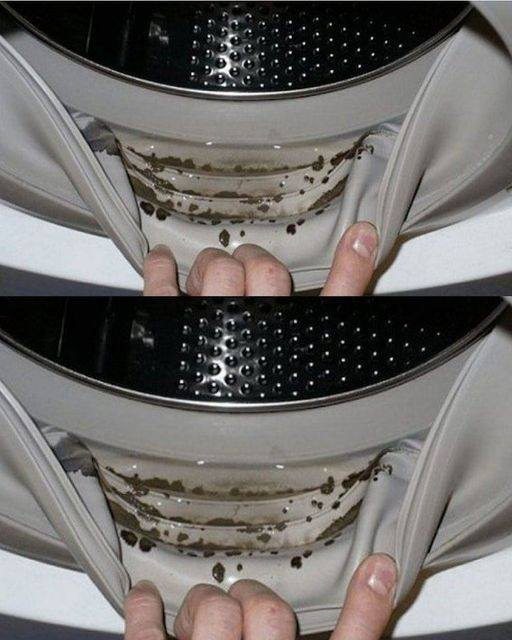ADVERTISEMENT
7 Machine Washing Mistakes Everyone Makes (And How to Avoid Them)
Washing clothes might seem like one of the simplest tasks around the house, but many of us are making common mistakes that can damage our clothes, waste energy, or even ruin our washing machines. Whether you’re washing delicate fabrics or just trying to get your laundry done as quickly as possible, it’s important to pay attention to the details. These seemingly minor mistakes can add up over time, leading to frustrating results.
In this article, we’ll uncover seven common washing machine mistakes most people make and offer easy-to-follow tips on how to avoid them. By being more mindful of these potential missteps, you can ensure your laundry comes out cleaner, lasts longer, and your washing machine stays in good working condition.
1. Overloading the Washing Machine
The Mistake:
It’s easy to think that cramming as many clothes as possible into your washing machine is a time-saver, but overloading your washer is a mistake that many people make. Stuffing too many clothes into the drum can prevent them from getting cleaned properly.
Why It’s a Problem:
When the washing machine is overloaded, there’s not enough room for clothes to move around freely. This leads to a less effective wash cycle because the detergent and water can’t properly circulate between all the garments. As a result, your clothes may come out still dirty, and the washer itself may be put under strain, shortening its lifespan.
How to Avoid It:
Check the manufacturer’s guidelines for your washing machine to see how much you can safely load into it. A good rule of thumb is to fill the drum to about three-quarters full. Leave some room for clothes to move around, allowing for a better wash and spin.
2. Using Too Much Detergent
The Mistake:
We’ve all been there: we think that using extra detergent will result in cleaner clothes. In fact, using too much detergent is a very common mistake people make, especially when using liquid detergents or pods.
Why It’s a Problem:
Excess detergent can leave a soapy residue on your clothes, causing them to feel stiff or greasy even after a wash. This residue can also build up inside your washing machine, leading to unpleasant odors and even mold growth. Additionally, overuse of detergent can lead to excess suds, which can clog the washer and prevent it from properly draining.
How to Avoid It:
Read the instructions on the detergent bottle and follow the recommended measurements based on your load size. If you have hard water, you may need to adjust the detergent amount, but be sure to use the right balance to prevent excess soap buildup.
3. Ignoring the Care Labels on Clothes
The Mistake:
Most people ignore the care labels on their clothes and toss everything into the washing machine on the same cycle. This can result in damage to fabrics, fading, or even shrinking.
Why It’s a Problem:
Each piece of clothing has a care label with specific instructions to help preserve its quality. For example, certain fabrics, such as silk or wool, require gentle washes, while delicate items like lace or sequins need special treatment. Ignoring these instructions can cause the fabric to lose its color, shape, or texture.
How to Avoid It:
Always check the care labels before throwing clothes into the washing machine. Separate your laundry based on fabric types (e.g., wash delicates in a gentle cycle, heavy items like towels in a hot wash) and use the right water temperature and cycle for each item.
4. Washing Clothes in the Wrong Water Temperature
The Mistake:
Another common mistake is washing clothes in the wrong water temperature. Some people use hot water for all their laundry, while others may think cold water is suitable for everything.
Why It’s a Problem:
Hot water can damage delicate fabrics, cause colors to fade, and shrink clothes, especially those made from cotton. On the other hand, cold water may not effectively dissolve certain detergents, making it harder to remove tough stains or oils. Washing at the wrong temperature can result in poor cleaning performance or damage to your clothes.
How to Avoid It:
Sort your laundry by fabric type and wash clothes in the appropriate water temperature. Use cold water for dark colors, delicate fabrics, or clothing that could shrink. For heavily soiled items or whites, use warm or hot water, but be sure to check the labels on your clothes to avoid damage.
For Complete Cooking STEPS Please Head On Over To Next Page Or Open button (>) and don’t forget to SHARE with your Facebook friends
ADVERTISEMENT
